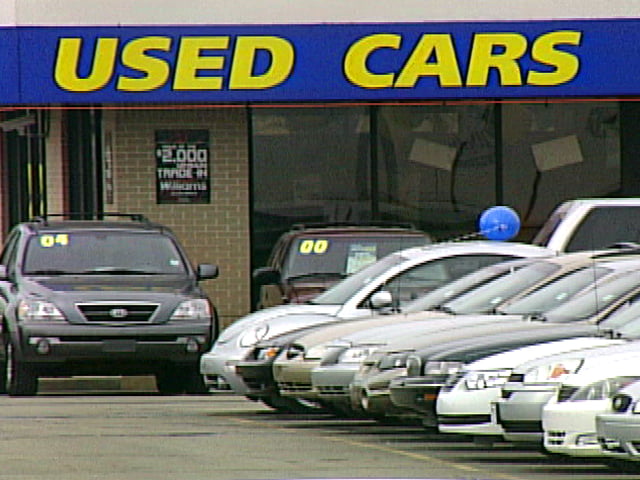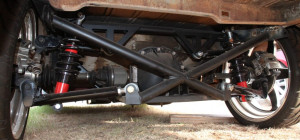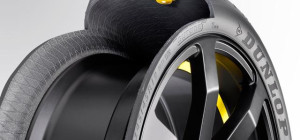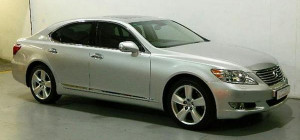 In the current economy, most people’s finances don’t generally allow for buying brand new cars. Simply driving off the forecourt in a new car could shave hundreds of pounds off its value, and that’s not an attractive prospect when we’re all penny-pinching.
In the current economy, most people’s finances don’t generally allow for buying brand new cars. Simply driving off the forecourt in a new car could shave hundreds of pounds off its value, and that’s not an attractive prospect when we’re all penny-pinching.
This is probably why more and more people are hunting around for good quality second-hand cars. If you know what to look for, you may often pick up a vehicle for a good price without getting ripped off. Read our seven top tips for getting a good deal and you’re far more likely to drive away happy.
1. History
Before you reach for your wallet, it’s definitely a good idea to perform an HPI check (costing around £20) on the vehicle. This should highlight if the car has been in any accidents, has outstanding finance on it or is recorded as stolen and offer you some additional peace of mind.
2. MOT
Plenty of people sell their cars just before the MOT is due, which could highlight a problem. If the MOT date is approaching, check the car’s certificate history and ask plenty of questions about how it’s been running recently. It could just be bad timing, or it could be something more worrying.
If the car you’ve set your sights on has just passed its MOT, that’s great! Although it's still worth inspecting the most recent certificate thoroughly for any advisories that you might need to get fixed before you renew your MOT next time round.
While you’re in document-inspection mode, ask for the service history on the vehicle. This paperwork will help you get to know the vehicle a little better and highlight any recurring problems.
3. Time it right
If you go to see a car after sunset and it’s bucketing down with rain, you’re not likely to get a decent representation of the car’s condition. Scratches, dents and other bodywork issues can be hard to spot in the rain, and if it’s dark, you won’t be able to inspect the car properly for rust.
So if you’re going to check out your perfect vehicle, give yourself a better chance of checking the vehicle properly by going in the middle of the day and when the weather’s at least half decent.
4. Check the V5
If it’s a legitimate sale, the seller should have the V5 certificate in his/her possession and will be quite happy to show this to you. This document will inform you of the current registered keeper as well as all previous owners.
The V5 should also feature the car’s vehicle identification number (VIN) which you can check against the number that should be stamped underneath the bonnet at the base of the windscreen. If you decide to buy the car remember to correctly fill in the V5 with the previous owner and take the V5C/2 ‘New Keepers Supplement' which give you a record that the vehicle is being transferred to your name.
5. Mystery mileage?
If the mileage on the car versus its age seems too good to be true, make sure you ask lots of questions. There are many old cars out there with very few miles on the clock but it pays to be cautious. Some cars could be treated to a little milometer tampering (known as ‘clocking’) where the number of miles driven is ‘wound backwards' or reset to increase the value of the vehicle. Service history, and MOT Certificates give you other ways of checking how many miles the car has travelled each year.
6. Tyres
Yes, the phrase ‘tyre-kickers’ is a cliché for a reason: seasoned second-hand car buyers will always inspect the tyres for signs of uneven wear, as this can indicate a problem with the wheel alignment. That aside, checking the tread depth and damage to the sides is wise-If there's less than 3mm of tread left then it probably won't be long before the tyres need to be changed as the minimum UK tread depth is 1.6mm, so you could factor this cost in to your negotiations with the seller.
7. Insurance
Because cars are grouped for insurance, policy costs can sometimes come as a nasty surprise to those moving into a new group. Before buying a second-hand car, it’s prudent to do your car insurance research. Most websites will allow you to put through a quote, which you can save for later if you choose to go ahead with the purchase.
If you follow these steps and always exercise caution, you should reduce the risk of buying second-hand cars. Most sales are legitimate, but dishonesty can occur in this market so be on the lookout. If you’re really worried about making the right choice, ask a knowledgeable expert or friend to come along and inspect the vehicle with you.
This article was written by Alex Johnson, a freelance writer and car enthusiast from Oxford, UK. She drives a second hand Peugeot 206.







